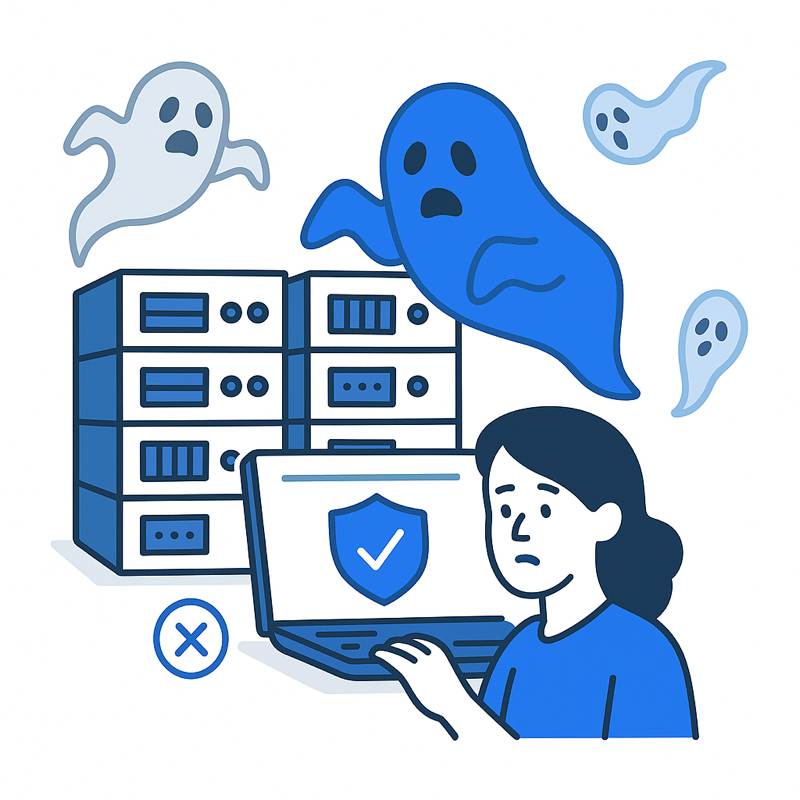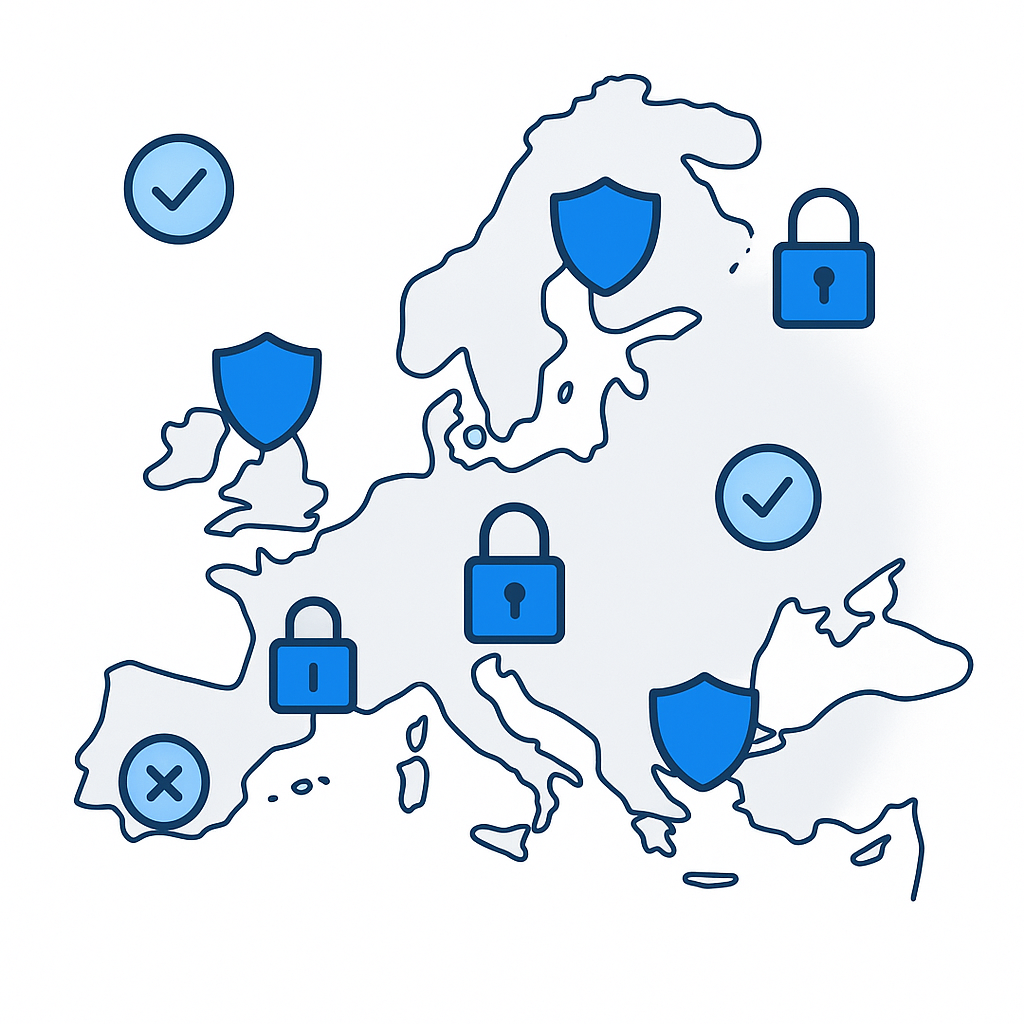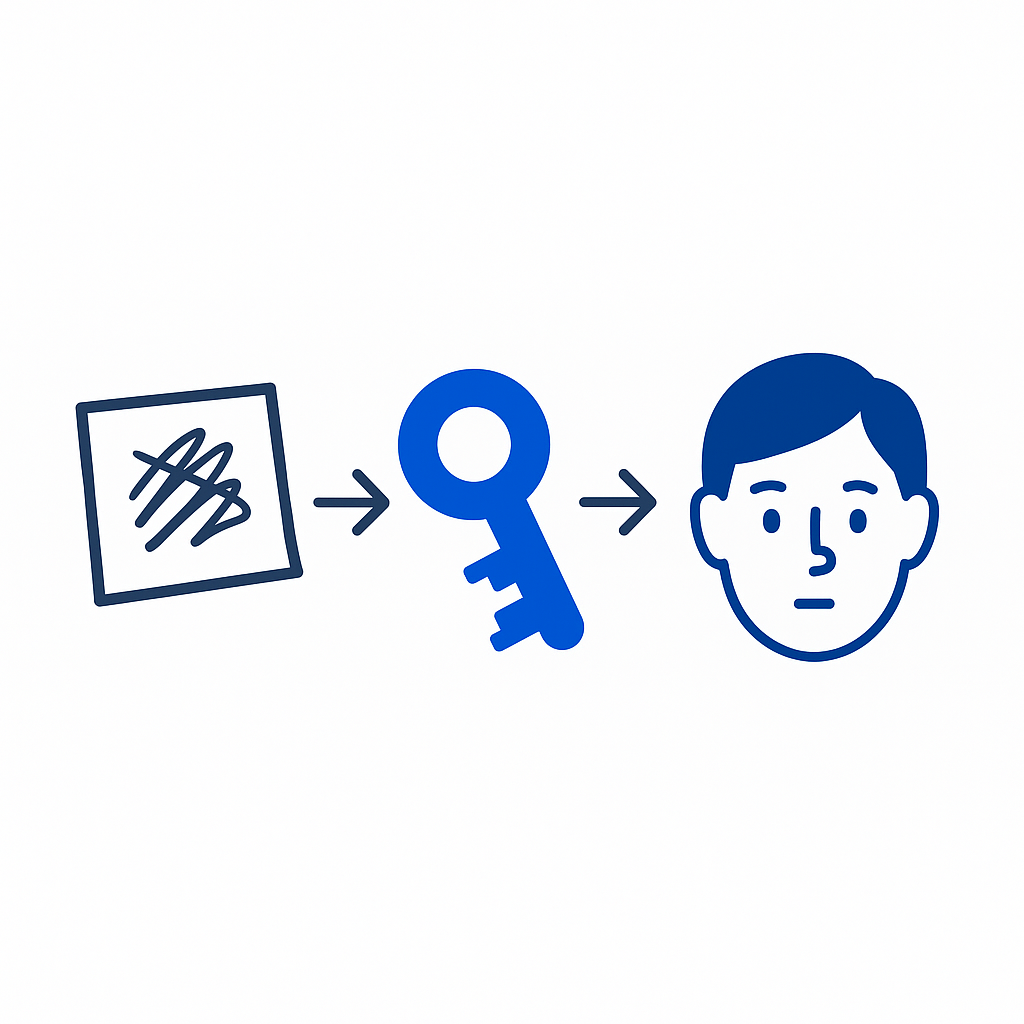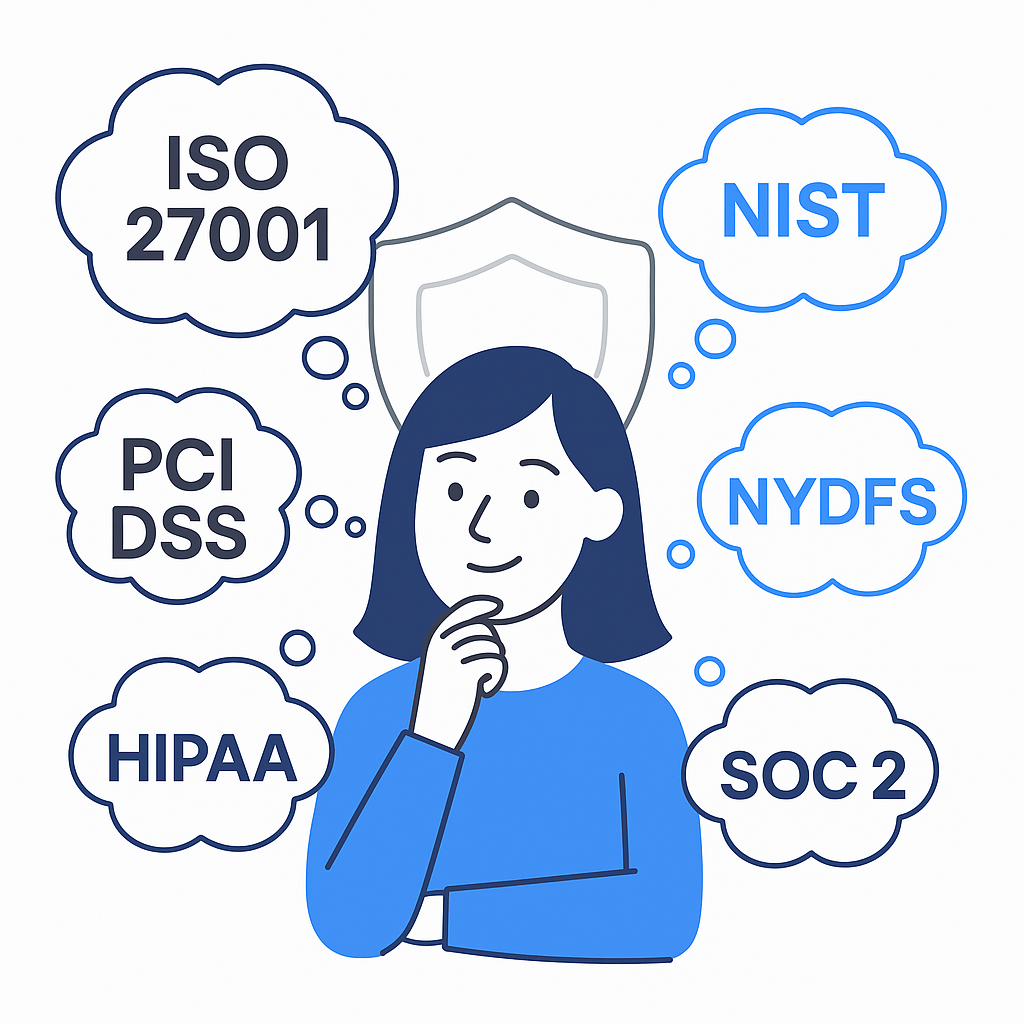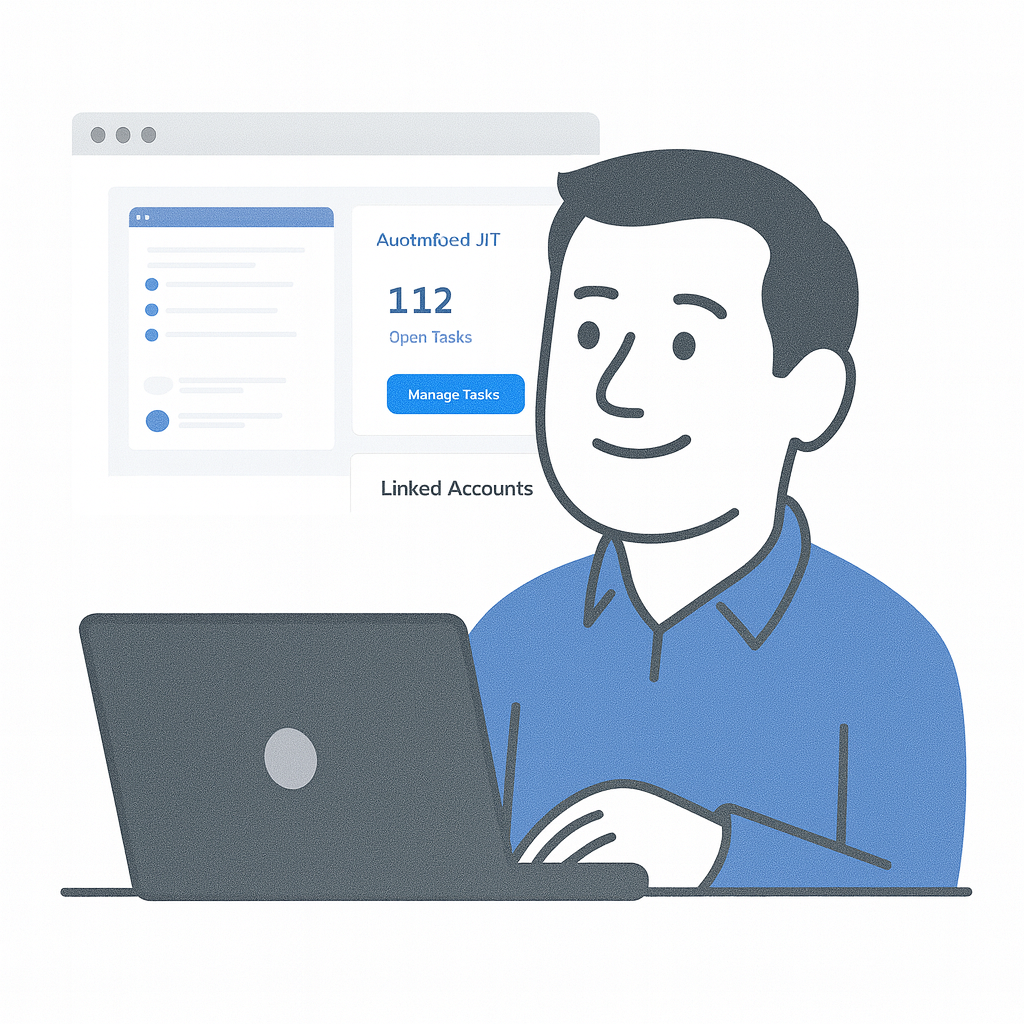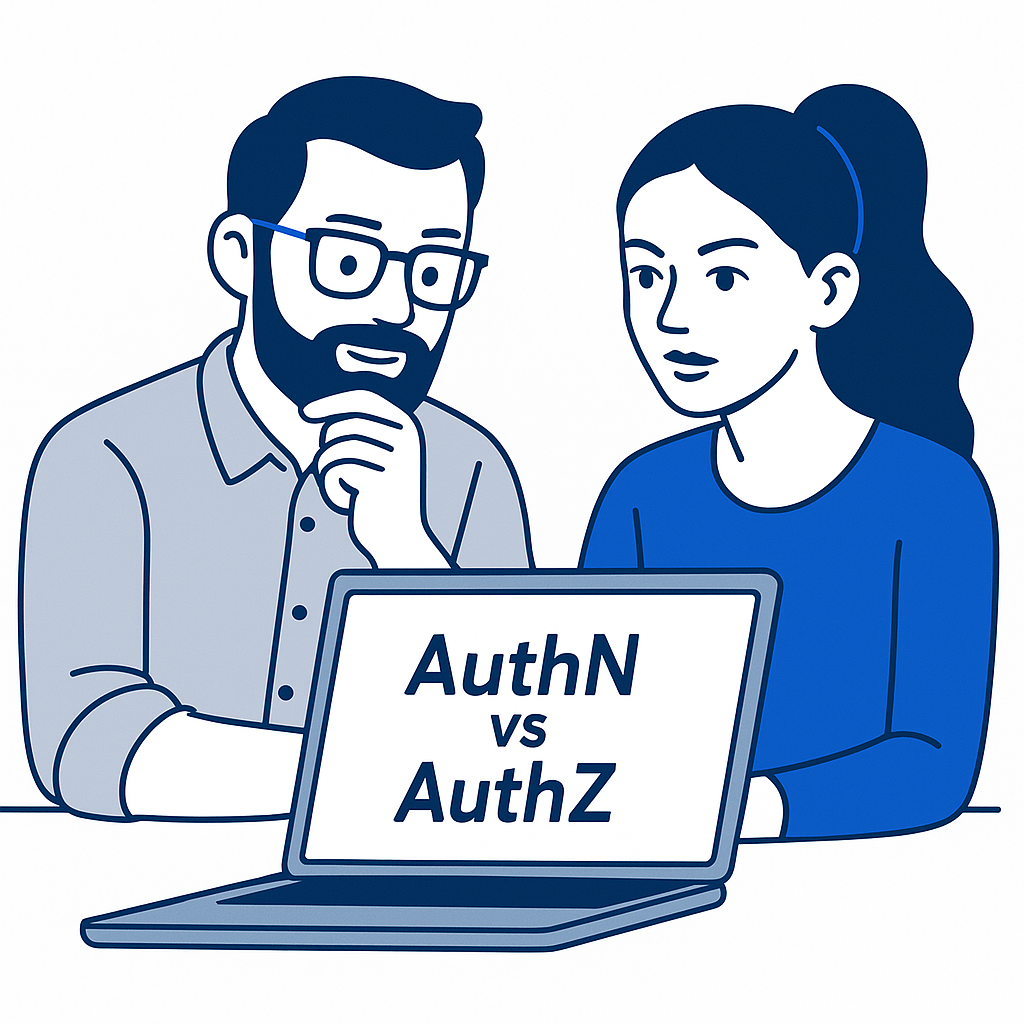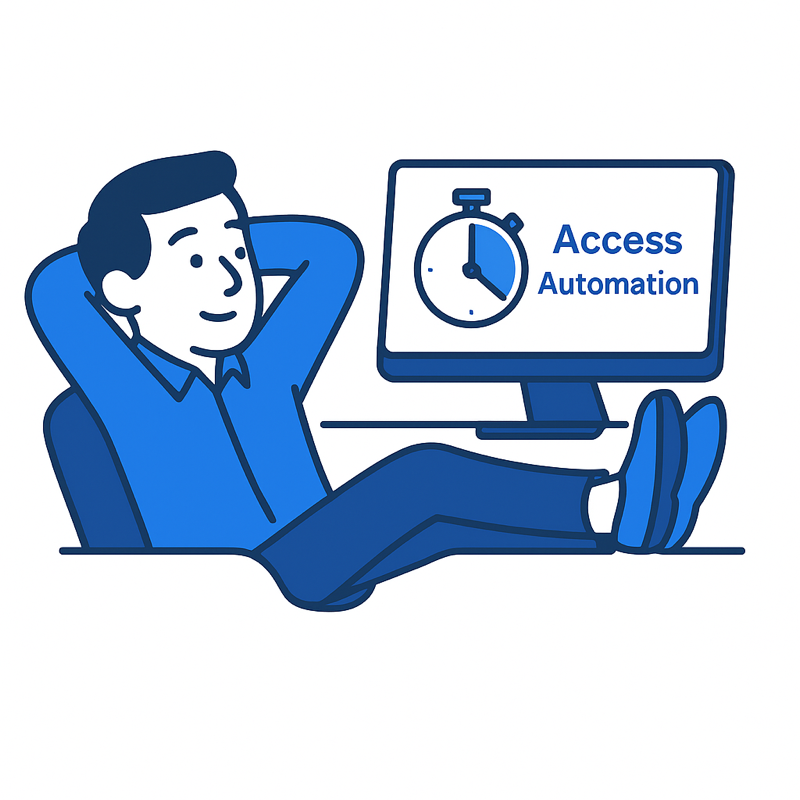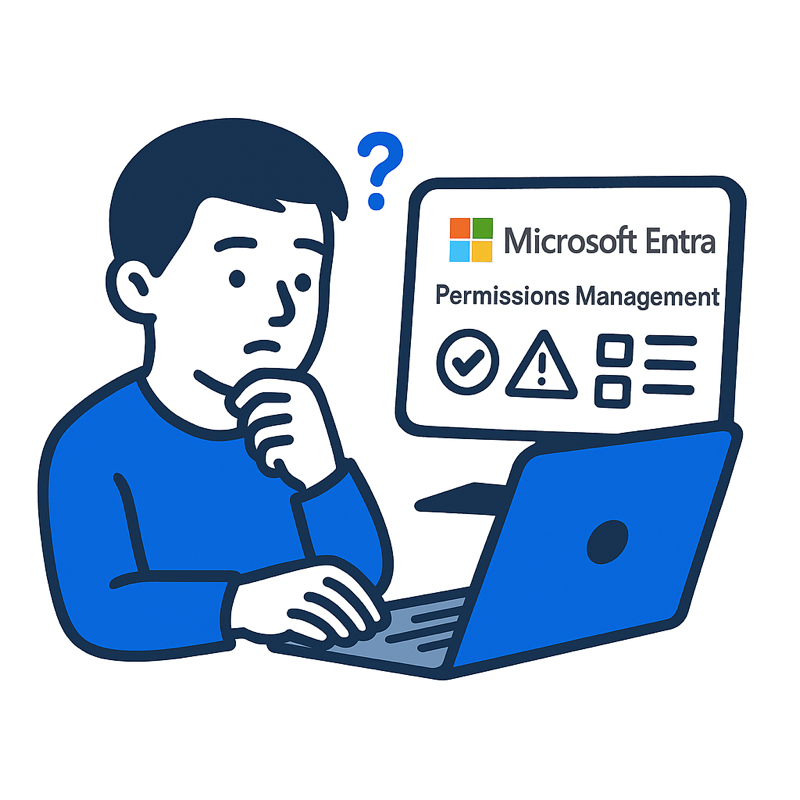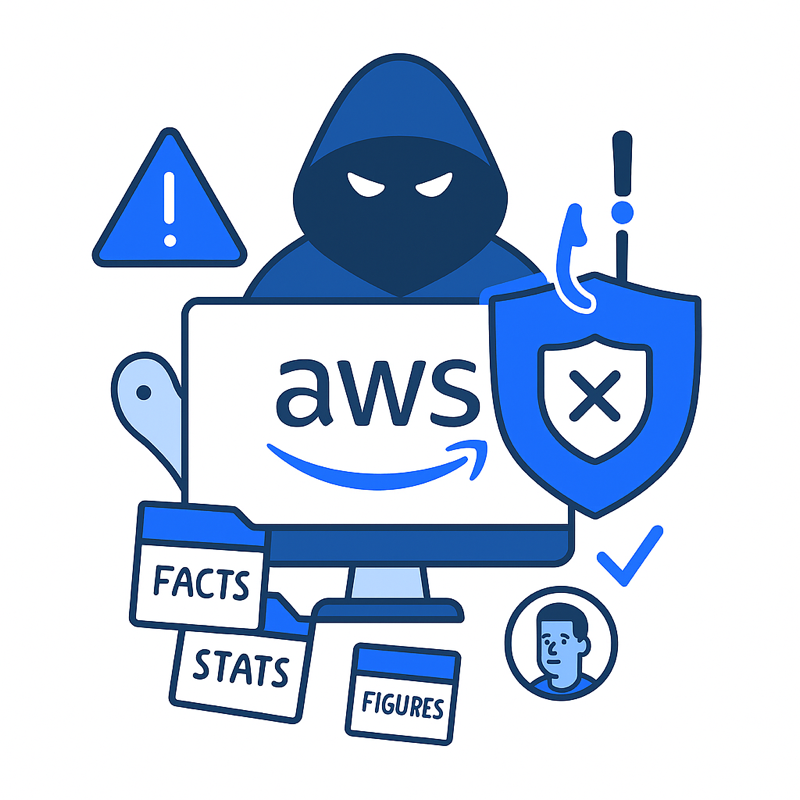Identity debt is the new unmanaged attack surface
Tech debt gets discussed in every sprint review, prioritized, deprioritized, and at least acknowledged as part of the engineering reality. But there’s another form of debt growing just as quickly inside cloud estates, and it rarely appears on a roadmap or risk register. Most CISOs know it exists, but (so often) the rest of the organization is worried about the inconvenience of the CISO's plan, which stalls action.
Enter identity debt.
Identity debt is the slow accumulation of permissions, roles, accounts, tokens, and entitlements that were never cleaned up, never reviewed, or never linked back to a legitimate need. It grows in the background of every cloud environment. Not because people are careless, but because complexity multiplies faster than teams can manage it.
Every “temporary admin role,” every contractor account left active after handover, every over-entitled policy created during a launch crunch, every unused service account, this is all identity debt. And unlike tech debt, it doesn’t just slow you down. It exposes you.
Identity debt stays quiet until an attacker stumbles into the exact access path you didn’t realize still existed.
Why Identity Debt Is So Dangerous
Identity debt builds through three predictable pressure points:
1. Standing access that never expires
Cloud environments thrive on speed, which often means permissions granted “just for now” end up living forever. These unnecessary privileges are a gift to attackers because they’re rarely monitored and often forgotten.
2. Non-human identities running wild
Service accounts, CI/CD tokens, automation roles, and machine identities often outnumber human users by a wide margin. They accumulate permissions over time and are rarely reviewed. Attackers love them because they don’t get locked out and rarely rotate secrets.
3. Multi-cloud fragmentation
AWS, Azure, and GCP all treat identity differently. Add identity providers on top, and you get a landscape where it’s nearly impossible to spot cross-cloud privilege chains. Identity debt thrives in those blind spots.
The result is a growing pile of access you can’t easily track, justify, or clean up. Fertile ground for privilege escalation and lateral movement.
Where Identity Debt Starts to Hurt
You see it in every major breach:
An attacker doesn’t break in through a zero-day. They walk in through an old identity nobody remembered to remove.
Identity debt leads to:
- privilege creep that expands attack paths
- overpowered automation roles with no oversight
- risky cross-cloud permissions nobody intended
- orphaned accounts
- confidence gaps in your access governance model
It’s messy, widespread, and predictable. You can’t patch identity debt. You have to fix it.
The First Fix: Make Identity Debt Visible
Many organizations live with identity debt simply because they can’t see it. Traditional IAM views let you inspect users but no clarity around their real privileges. Cloud consoles show entitlements but not context. DevOps knows where automation lives but not whether it’s secure.
You need a platform that brings every cloud, every identity, and every permission into one normalized, understandable view, without manual mapping or configuration spreadsheets.
When you connect a modern identity-first platform, you should immediately see:
- inactive users with live permissions
- over-entitled roles and policy overlaps
- service accounts and other non-human identities with unnecessary power
- cross-cloud privilege paths
- orphaned accounts that should have died years ago
This is the moment identity debt becomes visible. And once it’s visible, it can be controlled.
The Real Fix: Remove Standing Access
Visibility shows the problem. Automation solves it.
The most effective way to combat identity debt is by eliminating the very thing that fuels it: long-lived permissions. Just-in-time access (JIT) does precisely that.
Instead of creating standing roles that linger, JIT grants the exact access required for the shortest possible time, then revokes it automatically. No follow-up reminders. No manual cleanup. No wishful thinking.
JIT transforms access from a permanent state into a temporary event. Even if engineers or service identities need high privilege, they get it only at the point of use; not all the time.
Identity debt shrinks dramatically when permissions expire by default.
Simplicity Is the Only Sustainable Strategy
Identity debt has a habit of returning if the solution is too complex. If your team needs deep IAM knowledge to operate the platform, cleanup work will slip, and the debt will accumulate again.
The right approach prioritizes:
- fast deployment without professional services
- plain-English insights on who has access and why
- summary views that show real unused permissions
- Slack or Teams workflows for approvals and JIT
- multi-cloud parity so every environment behaves the same
If it isn’t simple, it won’t stick. Simplicity is the best identity hygiene strategy you’ll ever have.
Identity Debt Never Stops Growing on Its Own
Cloud environments don’t remain still. New accounts appear weekly, even daily. Contractors come and go, requiring secure vendor access. Dev environments multiply. Automation expands. All the while, every new identity adds a new potential access path.
Left unmanaged, identity debt compounds. It’s invisible most days, then catastrophic on the day someone exploits it.
It’s not cheaper to fix later.
It’s not smaller if ignored.
It’s not harmless because “nothing bad has happened yet.”
Identity debt grows until something (someone) uses it.
In Actuality
Identity debt is one of the quietest risks in your cloud estate, but also one of the most impactful. Reducing it isn’t about more reviews or more spreadsheets. It’s about adopting tools that make identity clean-up effortless: unified visibility, automatic JIT access, multi-cloud understanding, and workflow-friendly simplicity.
Handle identity debt early, and the rest of your security model becomes clearer, lighter, and far more resilient. Leave it unchecked, and it becomes the easiest path into your environment.
The good news? It’s fixable, as long as you tackle it with the right approach, and the right tools, before it grows any further.






